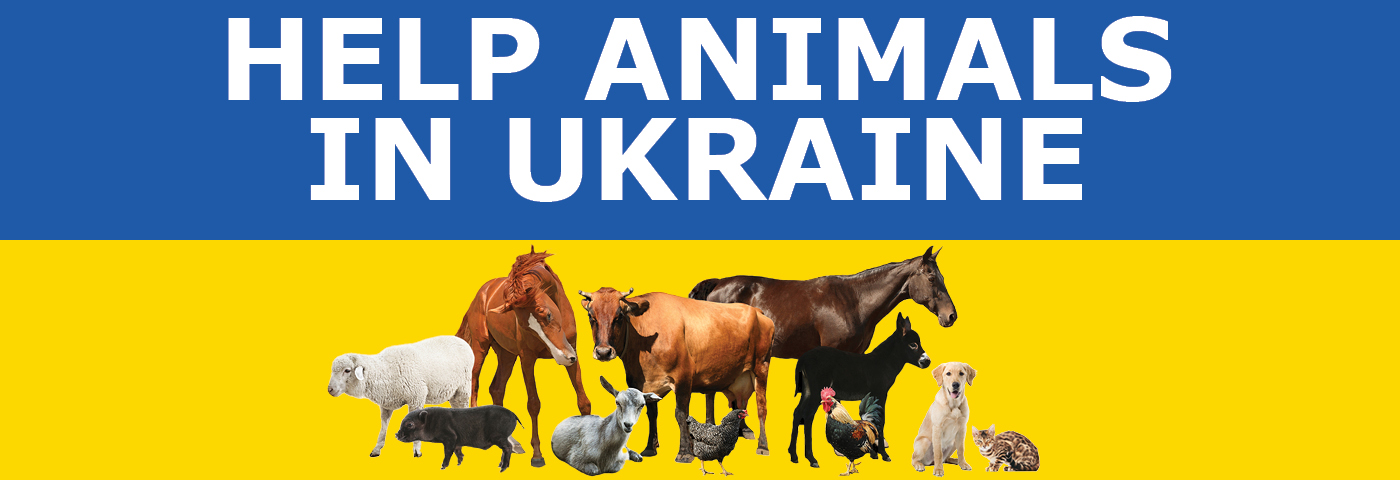12/ 6/ 2023
by Active Wild Admin
activewild.com
Reindeer
Scientific name: Rangifer tarandus
Conservation status: Vulnerable
Reindeer are large deer found in cold, northerly regions in the northern hemisphere. In North America, reindeer are known as ‘caribou’.
The antlers of the male reindeer are the second-largest of all deer; only the moose’s are larger. Reindeer / caribou are the only deer species in which females have antlers.
Reindeer (caribou) in Canada make the longest migration of any (non-flying) land animal. In a single year they can travel as far as 3,000 miles / 5,000 km.
Reindeer have become closely associated with Christmas since the early nineteenth century. In the traditional festive legend, Santa Claus’s sleigh is pulled by a team of 9 reindeer: Blitzen, Comet, Cupid, Dancer, Dasher, Donner, Prancer, Vixen, & Rudolph, the ‘red-nosed reindeer’.
Donkey 🫏
Scientific name: Equus africanus asinus
Conservation status: Domestic
The donkey is a member of the family Equidae, which is also home to horses, asses, & zebras.
Donkeys are descended from the African wild ass, a critically endangered species found in deserts & other harsh, dry regions in East Africa.
Donkeys were first domesticated around 5,000 years ago, & continue to be used as pack animals in many parts of the world today.
Donkeys are one of the animals most strongly associated with Christmas; Mary rode a donkey as she traveled to Bethlehem with Joseph.
Polar Bear 🐻
Scientific name: Ursus maritimus
Conservation status: Vulnerable
The polar bear is a member of the bear family, Ursidae. It is found in & around the Arctic, & has a number of adaptations for living in this cold, inhospitable region.
Of the 8 species of bear, the polar bear is the largest (on average) & the most carnivorous.
The white fur of the polar bear provides camouflage against the snow & ice. Underneath this cozy fur coat is a thick layer of fat, which prevents heat from escaping.
The polar bear’s huge feet help it to walk over the snow without sinking, & also help it to swim.
Although the polar bear isn’t a traditional Christmas animal, it is associated with snow (& therefore, winter) & often appears on Christmas cards.
Robin
Scientific name: Erithacus rubecula
Conservation status: Least Concern
An animal associated with Christmas in the British Isles is the robin. This small bird is a common sight in woods & gardens in the British Isles & throughout much of Europe.
The robin is associated with Christmas because it is one of the most frequently-seen garden birds during the winter months.
The robin is easily identified by its red breast. Another species with a red breast, the American robin, is so-named because it reminded European settlers in North America of the European robin. Although both birds are called robins, they belong to different families & are only distantly related.
Cardinal (Northern)
Scientific name: Cardinalis cardinalis
Conservation status: Least Concern
The cardinal is a striking North American bird known for its vibrant red plumage, making it easily recognizable & iconic in North America.
Male cardinals are especially eye-catching, with brilliant crimson feathers, a distinctive crest on their heads, & a black mask around their eyes. In contrast, females have a more subdued appearance with a soft brownish-red coloration.
These birds are not only admired for their striking appearance but also for their melodic & clear whistling songs, which are a delightful part of the spring & summer soundscape.
Cardinals are year-round residents in many parts of the United States & Canada, adding a touch of color & charm to gardens & woodlands throughout the year.
The vibrant red plumage of cardinals makes them a popular bird to represent the holiday season.
Turkey 🦃
Scientific name: Meleagris gallopavo
Conservation status: Least Concern / Domestic
Turkey forms part of the traditional Christmas meal in many English-speaking countries. Turkeys farmed for food are domesticated wild turkeys. The domesticated turkey & wild turkey are the same species, with the scientific name Meleagris gallopavo.
Wild turkeys are native to North America, where they are the largest game bird. Despite their large size they are fast, powerful flyers.
Male turkeys are around twice the size of females, & have red wattles (fleshy growths) on the neck & colorful, iridescent feathers. Females are brown / gray in color.
Partridge
Partridges are members of the bird family Phasianidae, which also includes pheasants, chickens, turkeys & several other groups of gamebirds. Partridges are Old World species, & are not native to North America, although the gray partridge has been introduced to the continent.
The partridge has become associated with Christmas due to its appearance in the English carol ‘The 12 Days of Christmas’, in which a ‘partridge in a pear tree’ is one of the 12 gifts sent to the singer by their ‘true love’.
Real life partridges are ground-nesting birds, & would not usually be seen in pear trees!
Turtle Dove (European)
Scientific name: Streptopelia turtur
Conservation status: Vulnerable
The turtle dove, like the ‘partridge in a pear tree’, is another of the gifts mentioned in the Christmas song ‘The 12 Days of Christmas’.
The turtle dove is a small member of the family Columbidae, which includes all pigeons & doves.
It is unlikely that the turtle dove is actually seen in Europe at Christmas, as it is a migratory species that spends the winter in southern Africa.
Today, due both to hunting & a change in farming methods, the turtle dove is threatened, & has the conservation status of ‘Vulnerable’.‘
‘The 12 Days of Christmas’ may be a traditional English song, but the turtle dove is on the brink of extinction in the UK.
Cute Christmas Critters:
Christmas Chuckle:




.jpg)






No comments:
Post a Comment